Money can’t buy you happiness, unless your idea of happiness involves indoor plants. You may not think much about them, but research proves that adding greenery comes with plenty of perks. There are several benefits of having house plants, and here are some worth taking note of.
- Air purifying houseplants can remove toxins from the air, produce more oxygen, and increase the humidity in your home.
- They can help boost your productivity, mood, focus and even your creativity.
- Plants can liven up any space. Depending on the house plants you choose, they can bring in more color and beautify your home instantly.
- You can use them to reduce noise levels and add more privacy to certain areas of your home.
- Caring for them can be very therapeutic. Some people even consider it a form of meditation!
That said, since these are living things, some degree of care is needed to keep them thriving. Choosing the best indoor plants can be tricky, so here’s our handy-dandy guide to help you out!
Low Maintenance Plants – Things to Consider
With so many different variations to choose from, most people have trouble when selecting the right plant for their home. Sure, it’s pretty tempting to go for the prettiest, the most colorful, or the tallest plant for sale—but will these survive in the conditions you can provide?
Just because they’re called low maintenance plants, it doesn’t mean they’ll do well just anywhere. To make sure your money doesn’t go to waste, here’s what you need to consider:
- Your primary consideration here is lighting. Is there enough natural light for your plants to photosynthesize or will you need to provide them with an artificial one? While a low maintenance indoor plant requires much less sunlight than others, you would still want to provide it with roughly three to four hours of indirect light every single day. If your windows aren’t big enough, grow lights are your best bet. These are especially useful during wet or cold seasons when daylight tends to be the shortest. That said, different indoor plants have different light requirements so pay attention to those things as well.
- Depending on where you live, temperatures indoors can be less than ideal for your house plants. Did you know that air conditioning can actually affect your plant’s growth and may even cause them to die? Constant fluctuations in room temperature can damage even the hardiest of plants, so look into these requirements before you bring home one.
- How often to water house plants? The amount varies according to the temperature as well.
- Bringing in a too-tall plant home might seem aesthetically pleasing, but it can seriously hinder its growth. Think giant fiddle-leaf figs that take up nearly half a bedroom’s floor space. Placing huge plants in cramped spaces can stress them out, especially if the resources it needs (such as light) aren’t readily available either. Always give plants ample space and avoid bunching them too close together.
Plant Tip: Plants that survive the best indoors usually come from sub-tropical climates. One thing to remember, however, is that plants with colored or patterned leaves will require more light compared to their greener counterparts.
Cat Safe House Plants
Cats are a very curious bunch. Since you cannot always keep an eye on them, you must choose cats that are not only easy to care for, but are safe for cats as well. Whether you have a Sphynx cat or live with a fluffy Persian cat, here are our top five recommendations for house plants that are safe for your feline friends.
Baby Tears
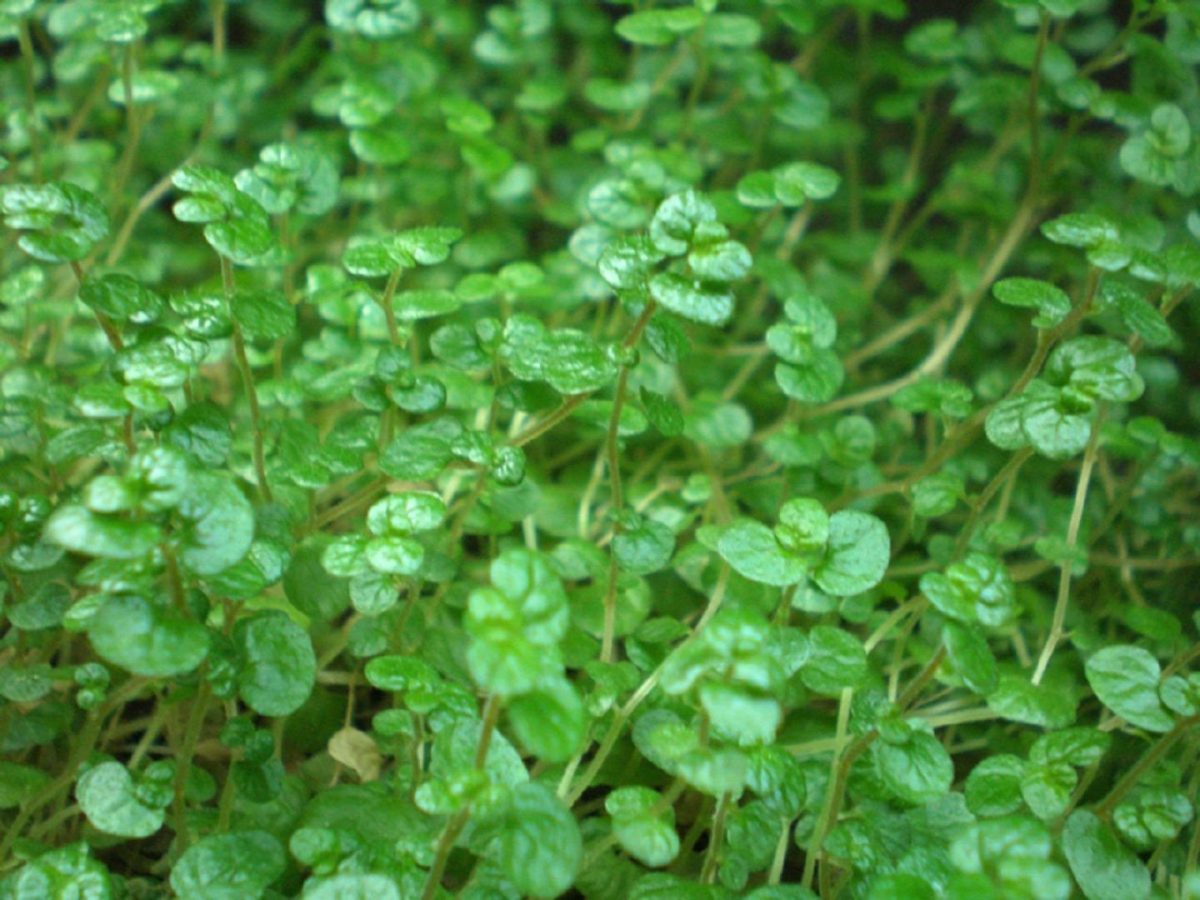

Looking for hard to kill indoor hanging plants? Baby Tears are great for this purpose. They can be kept in small hanging baskets or placed around the base of your taller house plants. Its tiny green leaves can grow delicate tendrils that can add a romantic touch to any room.
Baby Tears Care: Keep them away from direct sun and water once or twice a week.
Boston Fern
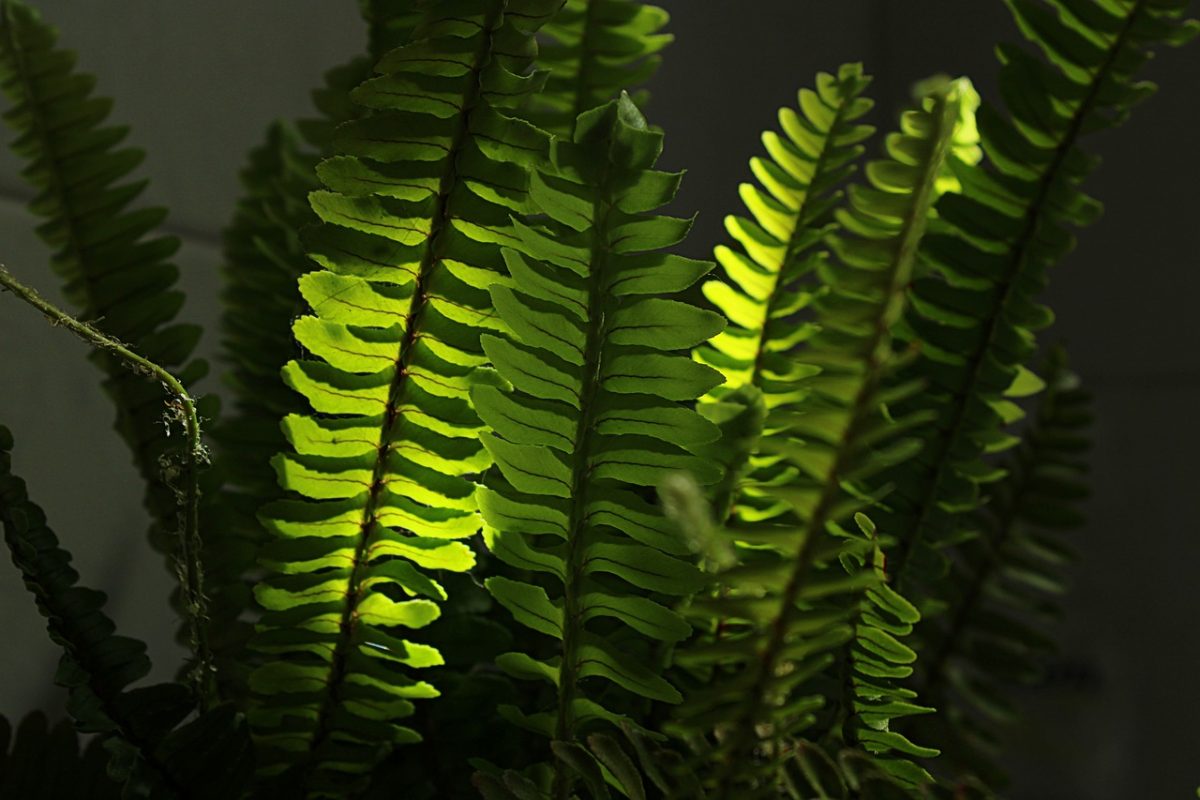

This variety of the trusty fern is a favorite among house plant enthusiasts. They look beautiful, are easy to maintain, and are completely non-toxic to both cats and dogs! Keep them lush and they can easily brighten up your space.
Boston Fern Care: Choose an area that gets indirect light. These ferns also love cool and humid spaces, such as the bathroom.
Ponytail Palm


Beginners often mistake this palm for the spider plant given their similar tendril-like leaves. They’re great as desk plants or as decorative potted plants once they get big enough to act as centerpieces in a living-room.
Ponytail Palm Care: These are drought-tolerant and prefer indirect light. In fact, they thrive better with a bit of neglect.
African Violet
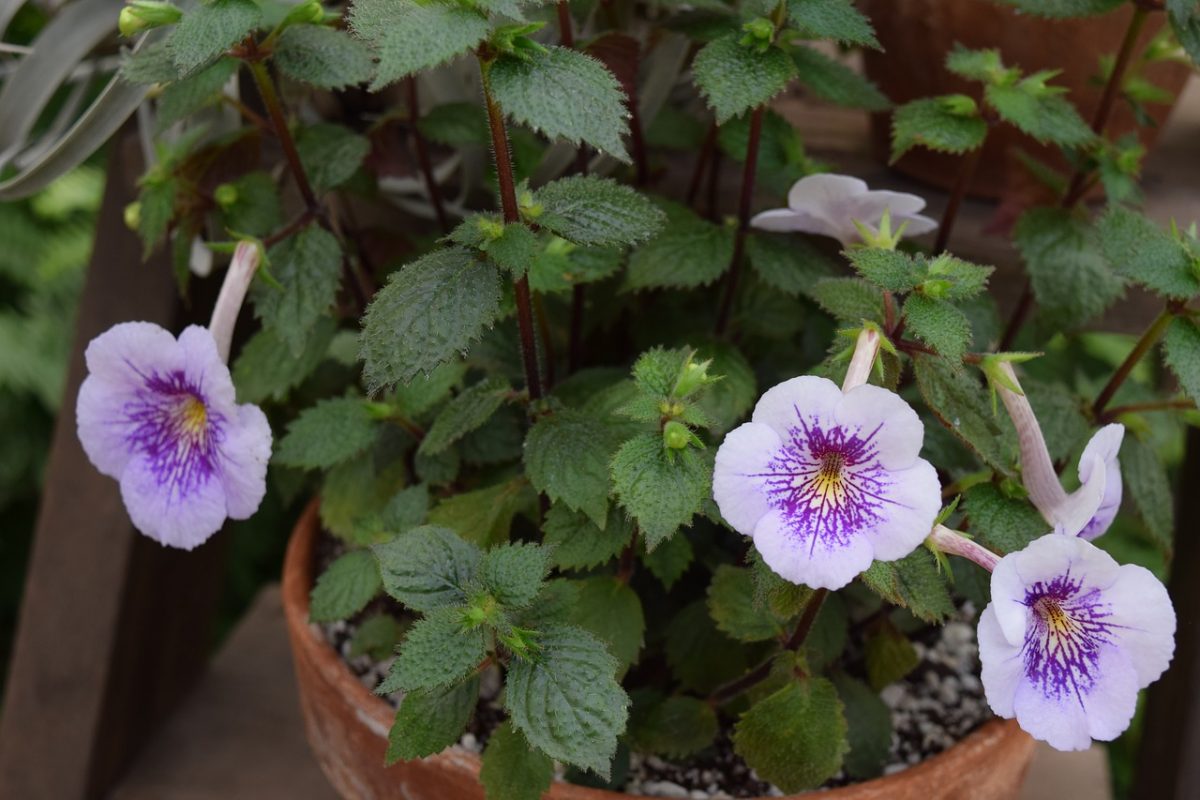

Looking for flowering indoor plants? African Violets are your best bet. These bloom even in low-light conditions and thrive best in moderate temperatures. The flowers come in a variety of colors so you can pick and choose which ones fit your home best.
African Violet Care: These prefer bright indirect light and prefer moist — not soggy — soil.
Peperomia
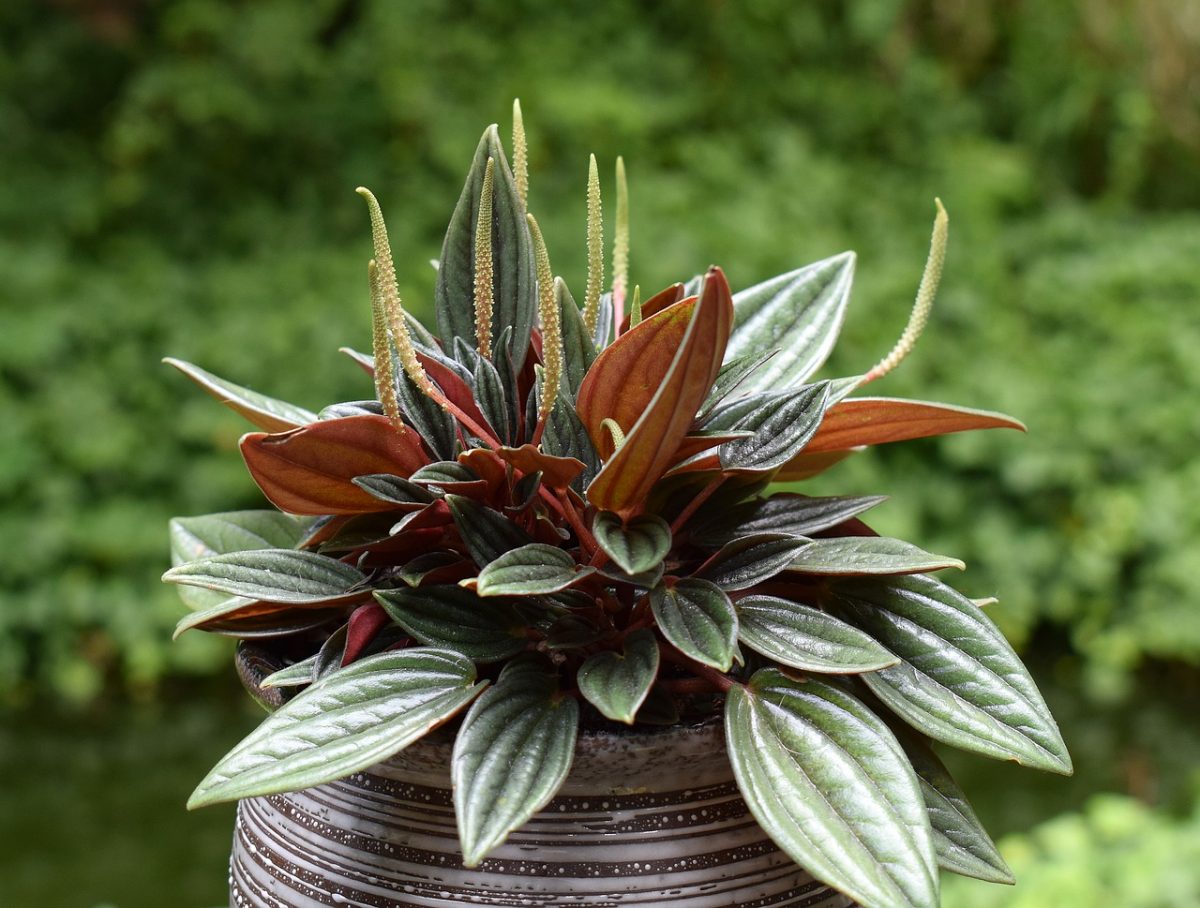

Peperomia plants are currently among the most popular house plants for both beginners and seasoned plant parents. Their diversity when it comes to appearance, color, and size makes it easy for people to choose one that completely suits their needs. Additionally, Peperomia plants are cat safe house plants.
Peperomia Care: These plants are low-light tolerant and only need to be watered sparingly. Do make sure you let the soil dry in between watering.
Air Purifying House Plants
When it comes to plants that clean the air, any species you bring home will do the job. A 2019 study confirmed that having air purifying plant house plants can effectively get rid of harmful toxins and even germs. If you’re sensitive to allergens or simply want to improve the air quality in your home, here are some of the best plants to keep.
English Ivy
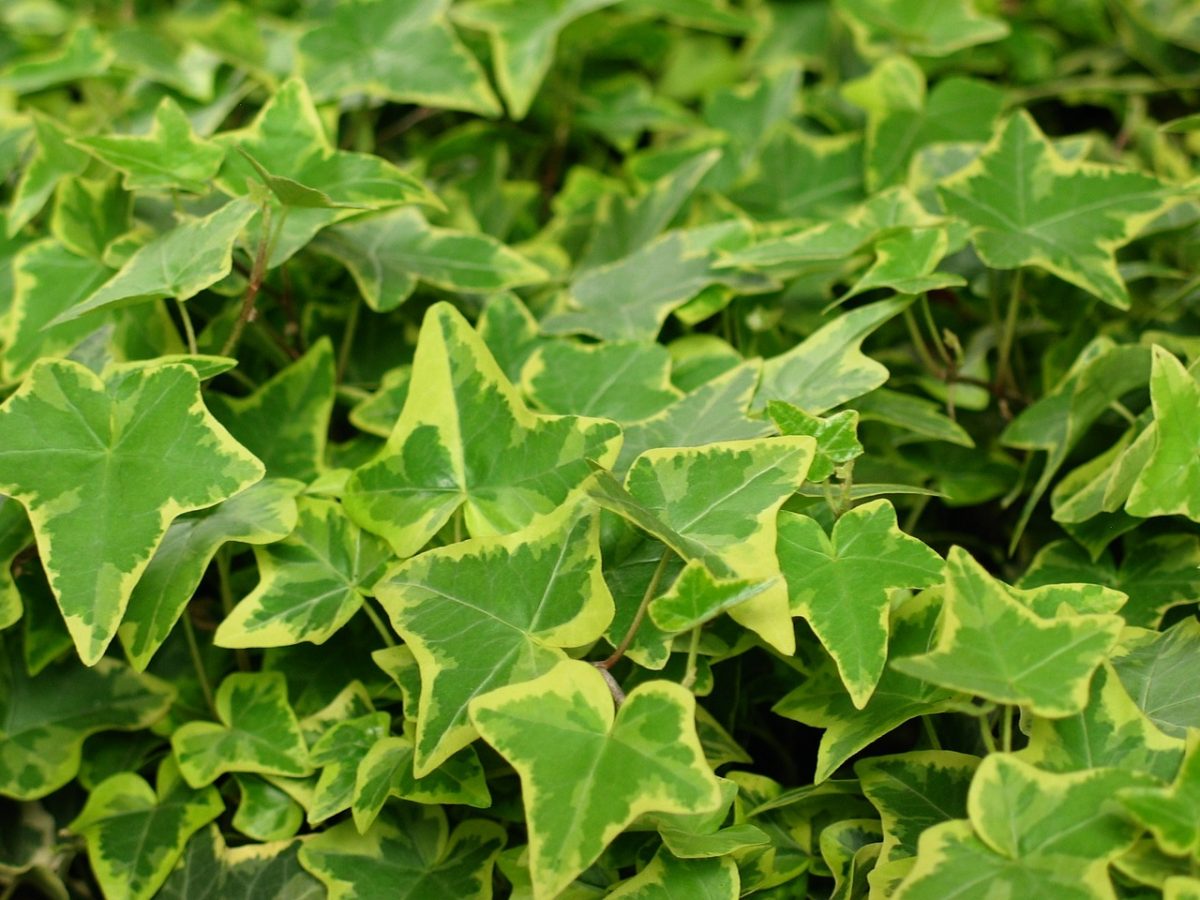

When it comes to indoor hanging plants, the English Ivy is a favorite for many. Not only do they grow really long and lush when well-cared for, but these can also purify the air in your bedroom or bathroom. Did you know they can also combat mold formation?
English Ivy Care: Place your ivy near a bright window and make sure you maintain a regular watering schedule.
Aloe Vera
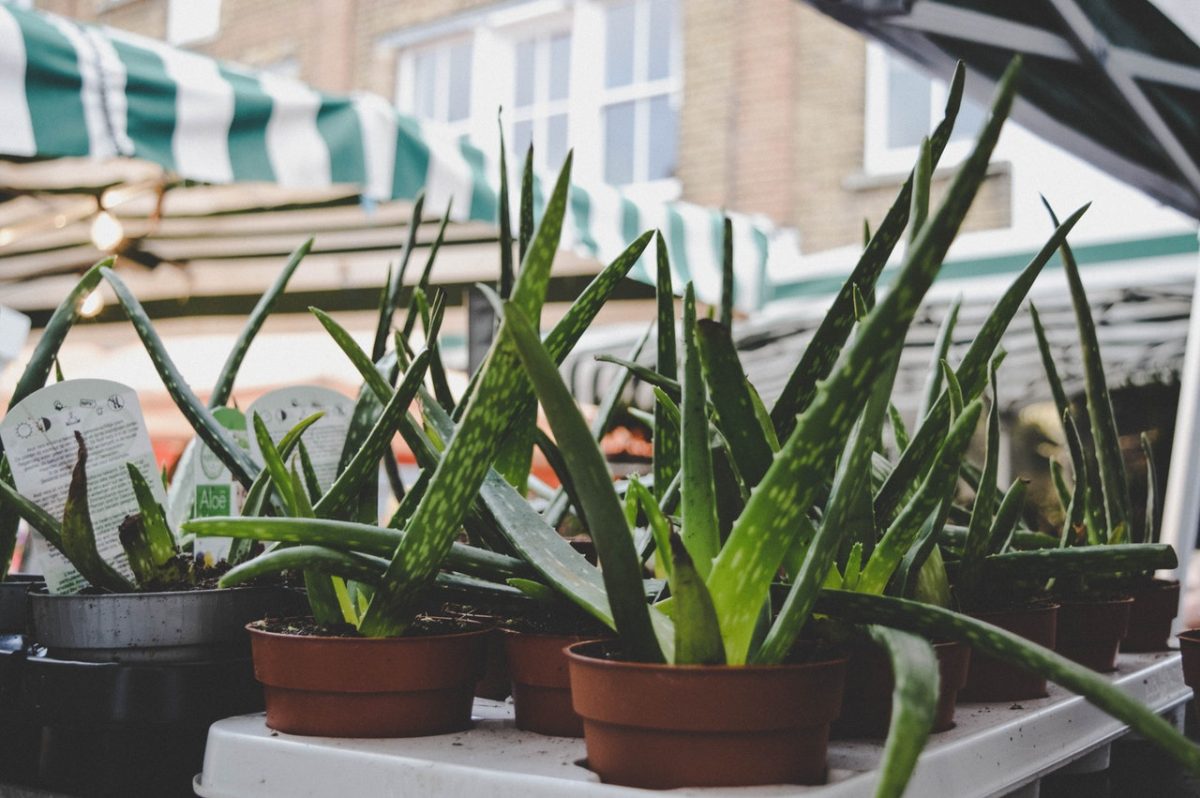

If you want low maintenance plants, succulents certainly fit the bill. Aloe Vera is also one of the most beneficial and can be used to treat burns. Aside from this, it is also known to detoxify the air and clear it of harmful toxins such as formaldehyde and benzene. These are chemicals typically found in varnish and detergents.
Aloe Vera Care: A sunny windowsill is the best place for your aloe. Water once a week, or even less during colder months.
Red-Edged Dracaena (aka Dragon Tree)
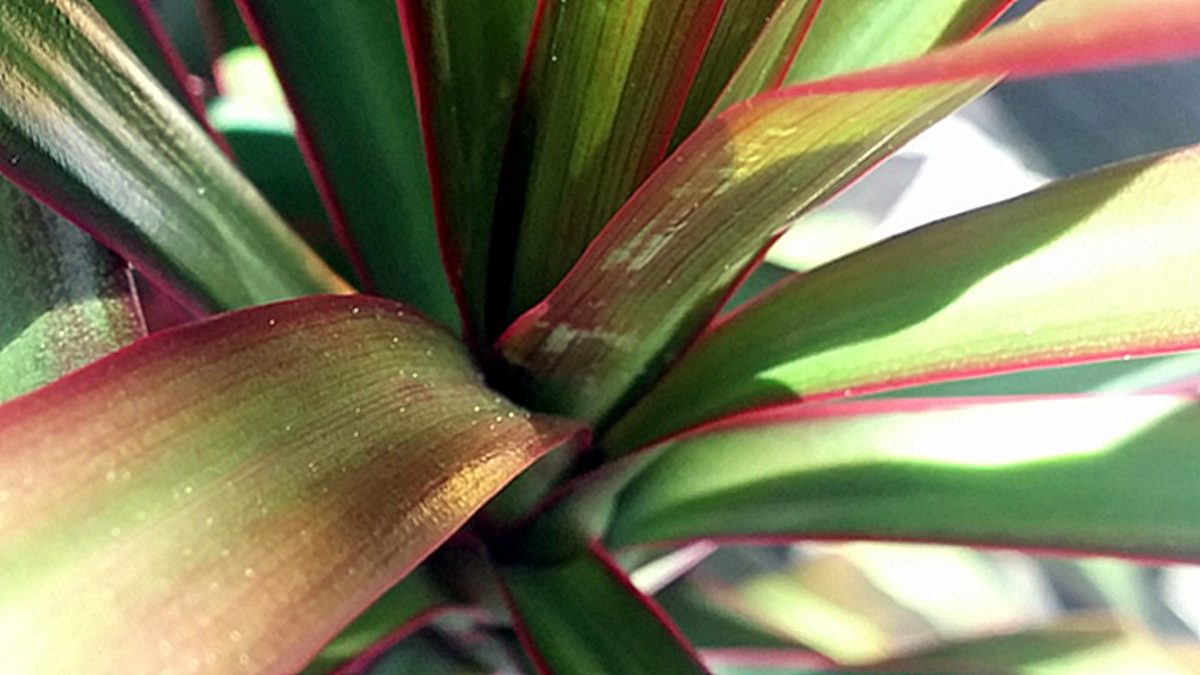

This spiky house plant might seem nondescript at first, but it can get rid of both Xylene and Trichloroethylene from the air in your home. If you’re looking for potted plants that are decorative and don’t take up too much horizontal space, dracaenas are a good option to look into.
Red-Edged Dracaena: These can grow to 8 feet tall and need bright light. Watering should be done at regular intervals, but only to keep the soil moist.
Spider Plant


For newbies, these are the best indoor house plants to start with. These are resilient and are quite prolific, so propagation is fairly easy to do. Spider plants can remove a number of toxins from the air, including carbon monoxide. They are also non-toxic to animals.
Spider Plant Care: This plant has a reputation for taking care of itself. It will thrive best when placed near a sunny window and given semi-regular watering.
Snake Plant
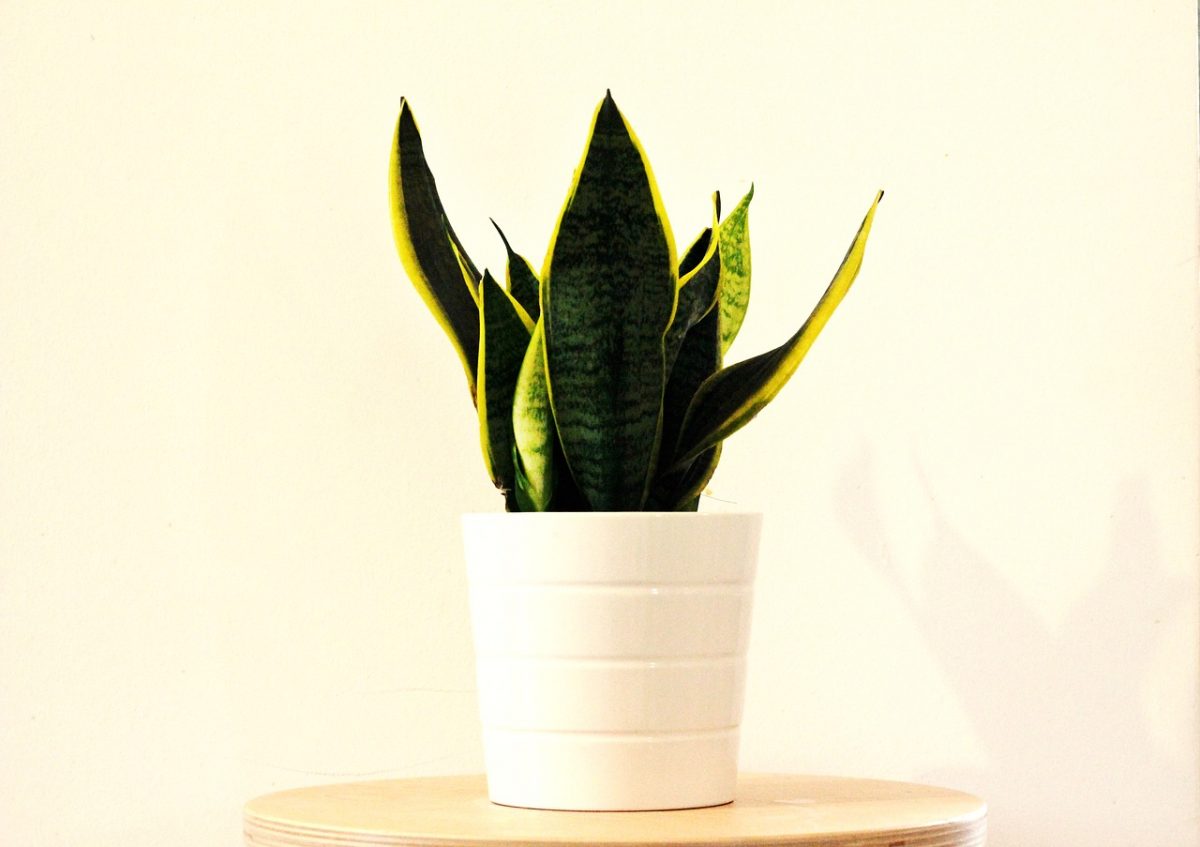

If you’ve been having trouble sleeping, consider getting a couple of Snake Plants in your room. These release oxygen at night, helping you breathe better while you sleep. Also known as Mother-in-Law’s Tongue, these can filter out benzene, formaldehyde, and toluene from the air.
Snake Plant Care: These are hardy plants, but do be careful with watering as they can be prone to root rot if the soil doesn’t dry out properly. Get a well-draining container if you’re keeping these as potted plants.
Large Leaf Indoor Plants
These are among the most common indoor plants that people keep. They lend architectural interest to any space, but while they look great, they are not always the easiest to maintain. If you’re new to plant parenting, here are the best hard to kill large leaf indoor plants you can try.
Rubber Plant
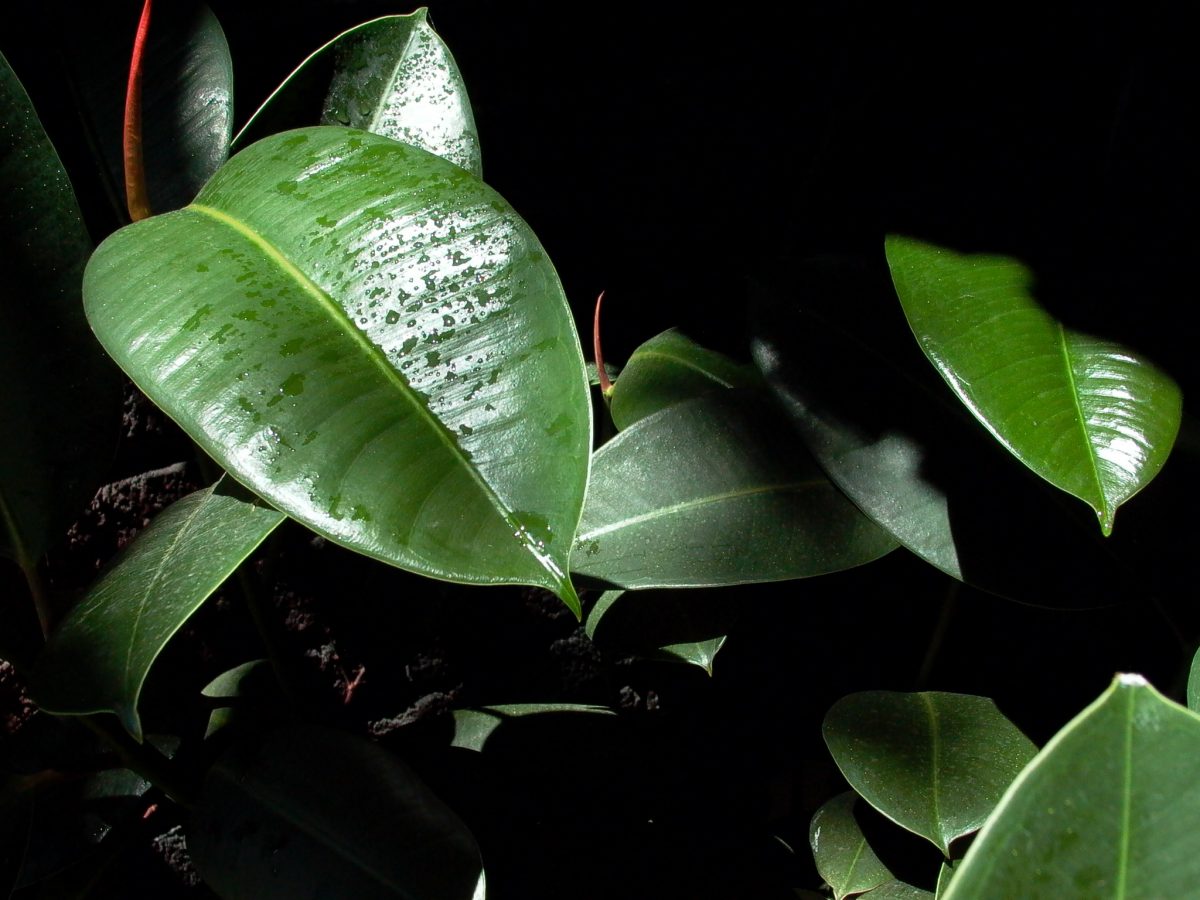

Looking for height? This plant grows from six to eight feet and has large dark-green foliage. These look best in spacious living rooms but can thrive in a smaller bedroom as long as there’s enough light. Keep in mind that these require regular dusting as their leaves tend to gather dust. They are also toxic to cats and dogs.
Rubber Plant Care: Don’t place them in direct sunlight as this can damage their foliage. Water once every two weeks, depending on the temperature. During the dormant season, they’ll survive even if you only water them once or twice a month.
European Fan Palm


When it comes to looking glamorous, the European Fan Palm takes the cake. They grow up to nine feet, so it will require quite a bit of space. Unlike other large leaf house plants, the fan palm is quite hardy and can handle colder temperatures. This means air-conditioning shouldn’t be an issue.
European Fan Palm Care: Keep it away from direct sunlight, but make sure it gets more than four hours of light a day. Water deeply four times a week—it’ll need more as the temperatures get hotter.
Areca Palm
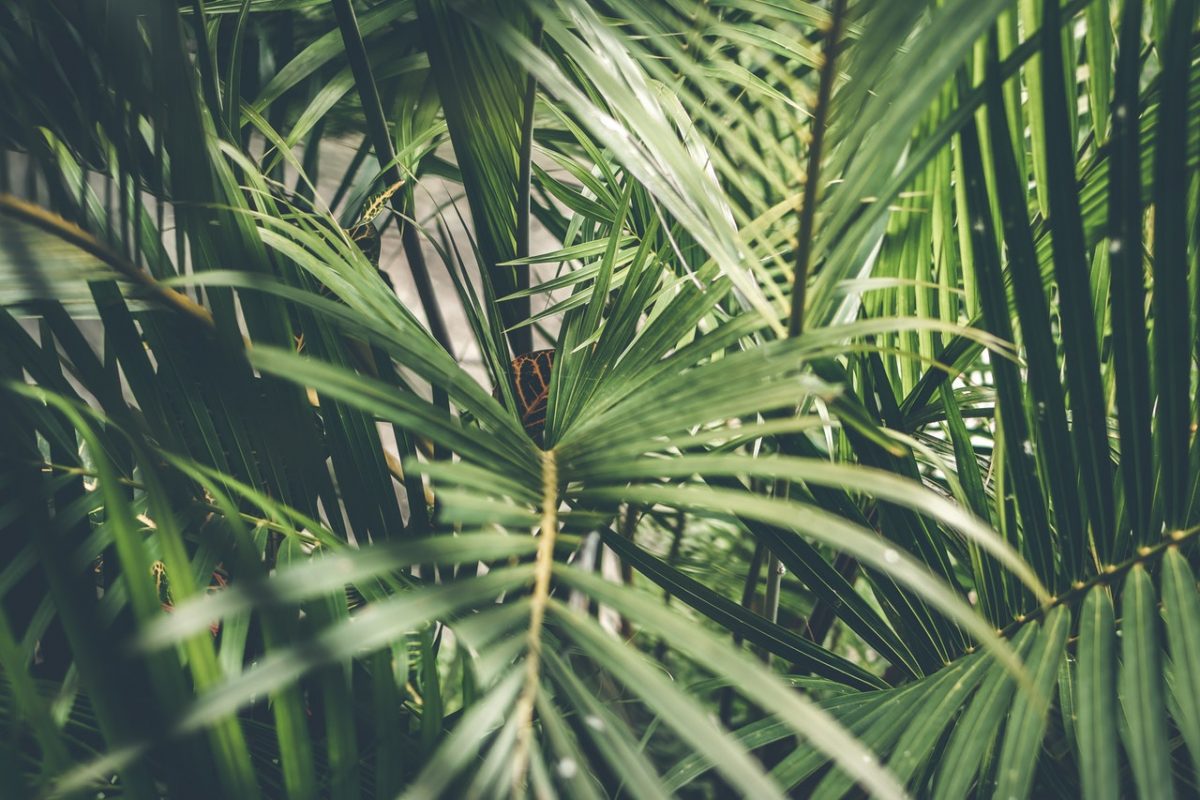

Its bright green fronds make the Areca Palm a favorite for many plant enthusiasts. They are easy to maintain and can grow to a nice height of around seven feet. Because they are common indoor plants, arecas are also easy to find and are more affordable compared to the others on this list.
Areca Palm Care: Keep the Areca Palm in a sunny spot in your home, preferably near a window. Water it every two to three days, depending on the temperature. In the summer, you’ll need to water it regularly.
Umbrella Plant
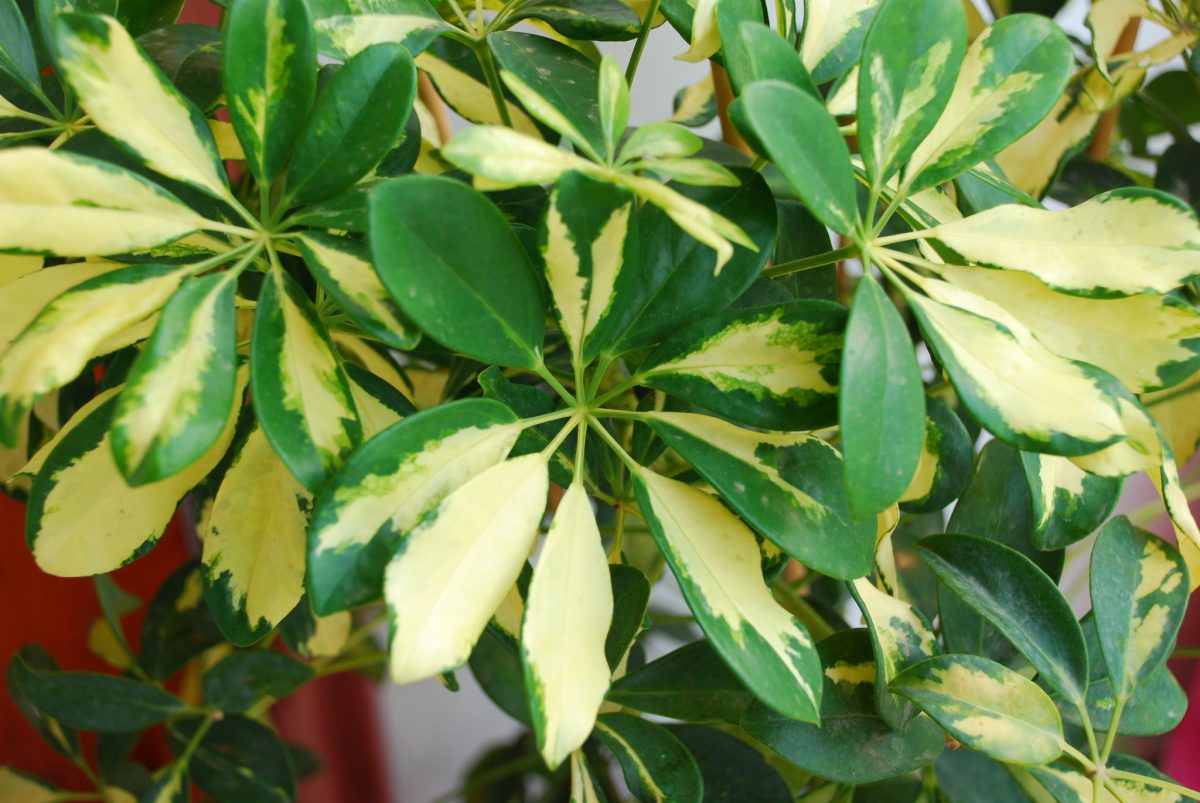

The Umbrella Plant, also known as Schefflera, is a medium-sized house plant with gorgeous variegated foliage. They grow to about five feet in height but can cover quite a bit of space thanks to their lengthy branches and large leaves. These are fairly low maintenance plants, but they do need a hefty pot to grow well.
Umbrella Plant Care: These require bright but indirect light. Make sure you water it every few days, but always check if the top inch of the soil has dried out.
Fiddle Leaf Fig
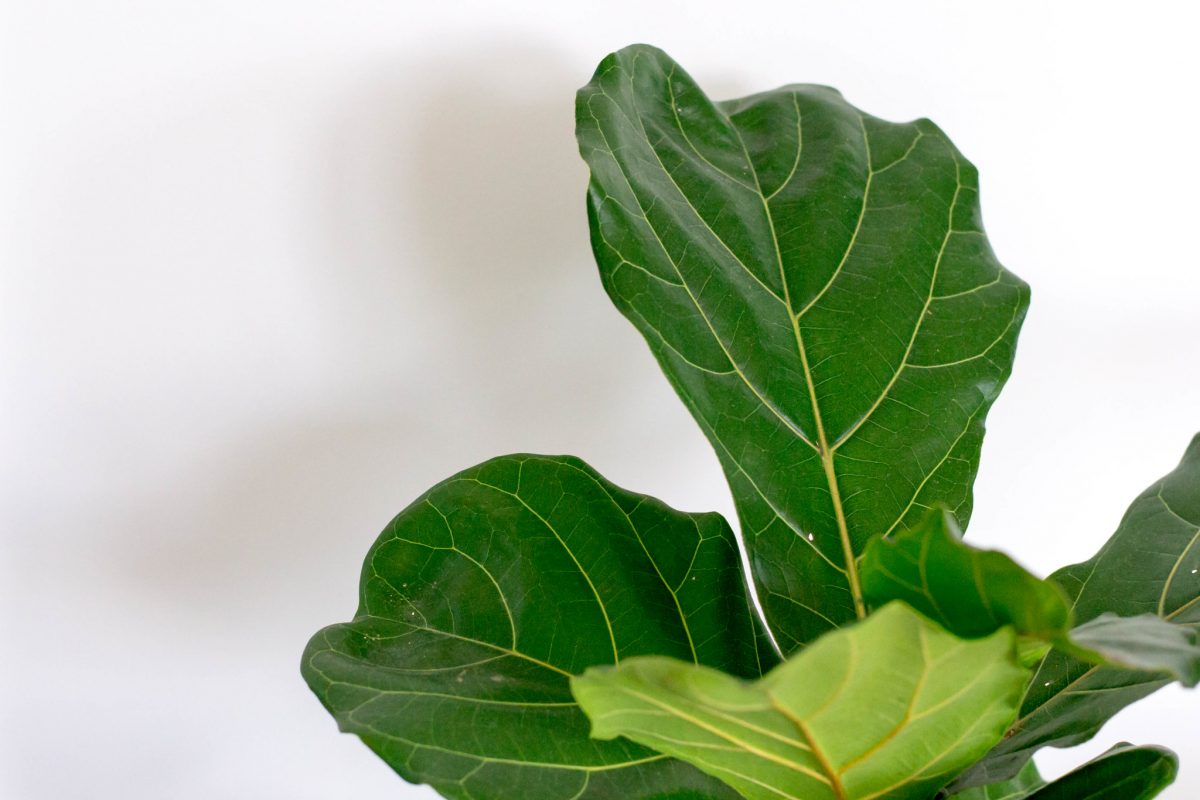

When it comes to any list of the best indoor house plants, the Fiddle Leaf Fig is rarely left out. This is with good reason, of course. They are elegant and can easily create a bold statement in any space you keep them in. The Fiddle Leaf can grow to six feet but can get taller depending on the environment and resources.
Fiddle Leaf Fig Care: These plants require direct morning or afternoon light. The larger it gets, the more sunlight it will require. Water your plant once every week or every 10 days, and ensure its pot has proper drainage.
Tropical Indoor Plants
How to care for indoor plants? You must also consider their country of origin. This is because it will affect their light, water, and even soil requirements. However, just because it’s a tropical plant, it doesn’t mean it won’t thrive elsewhere. Here’s a list of our favorite low maintenance tropical indoor plants.
Bird of Paradise
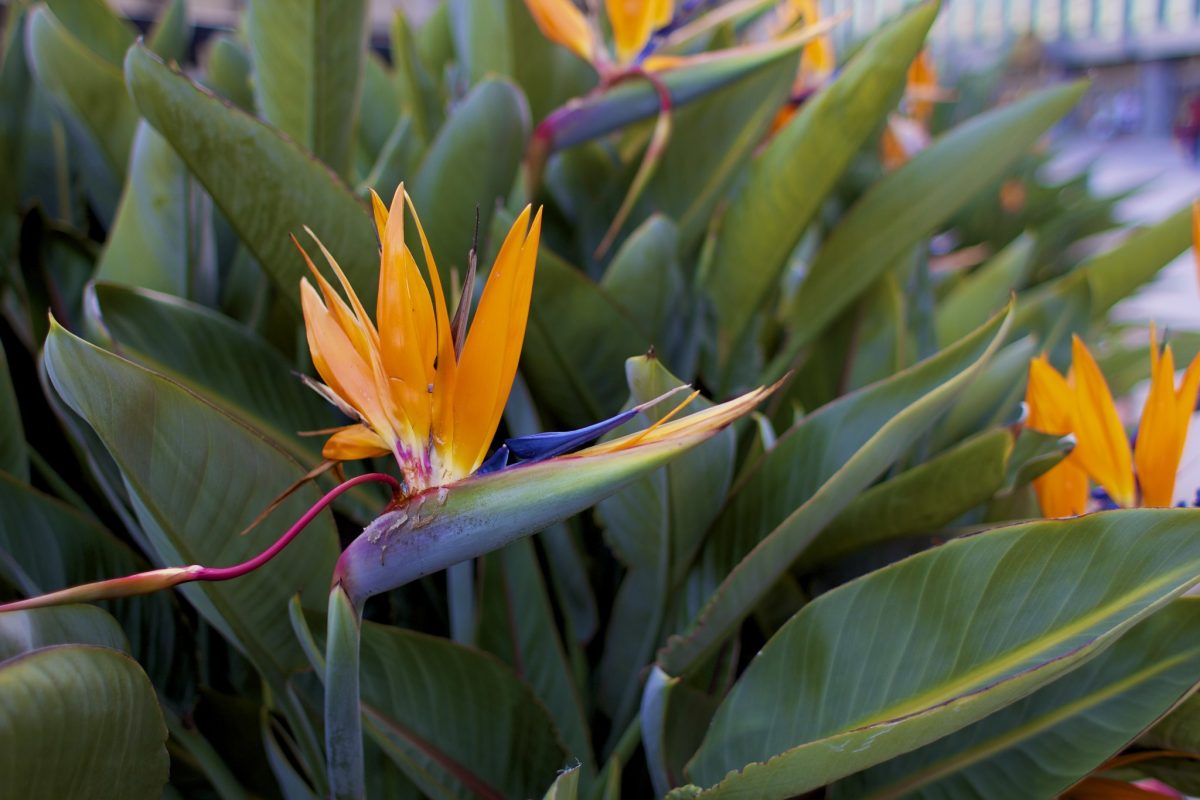

Colorful and showy, the Bird of Paradise might seem difficult to maintain. In actuality, this isn’t the case. With a little bit of TLC, these plants can easily thrive indoors—though they won’t flower as quickly. In fact, they might even take three to five years before a bloom even appears.
Bird of Paradise Care: Give this plant plenty of bright light, with a bit of direct sun. Keep the soil moist during the summer months.
Philodendron
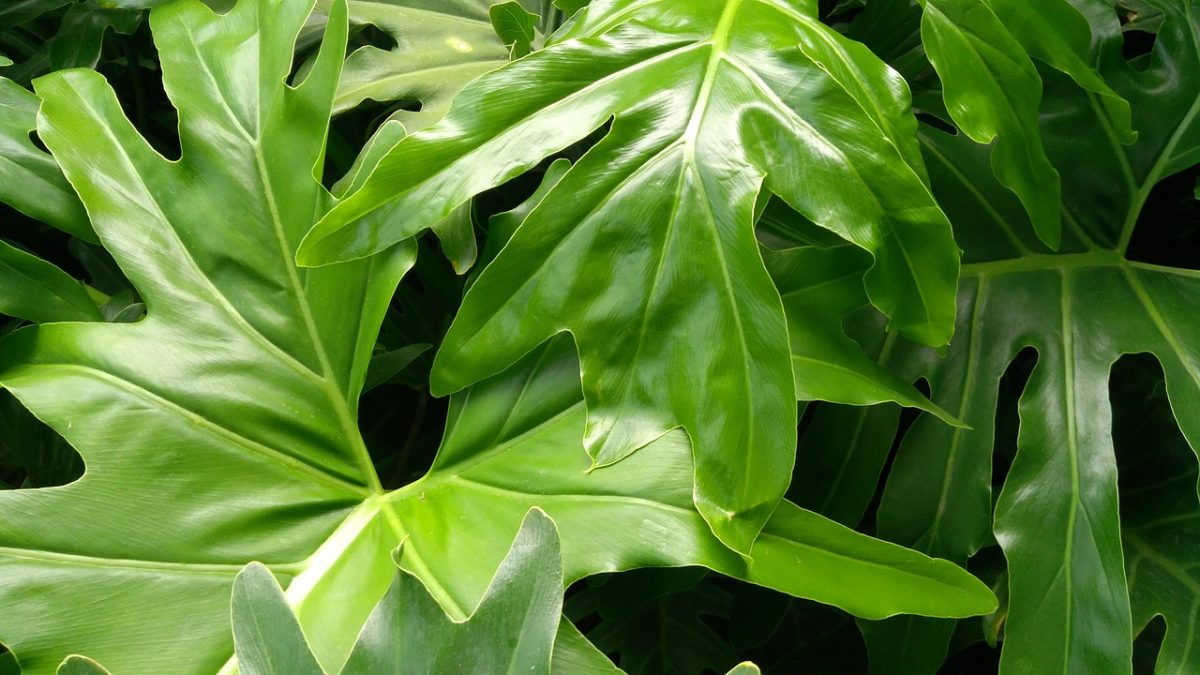

Philodendrons come in climbing and non-climbing varieties, but both have the same charm. Aside from their bright green foliage, Philodendron plants are beloved because they are self-sustaining. They can also be kept as indoor hanging plants or maintained as potted plants. It all depends on your preference and the space available. You can go small or big when it comes to Philodendrons.
Philodendron Care: These are low-light tolerant, but prefer medium indirect light. Water it once every two weeks and allow the soil to dry out in between.
Amazon Elephant’s Ear
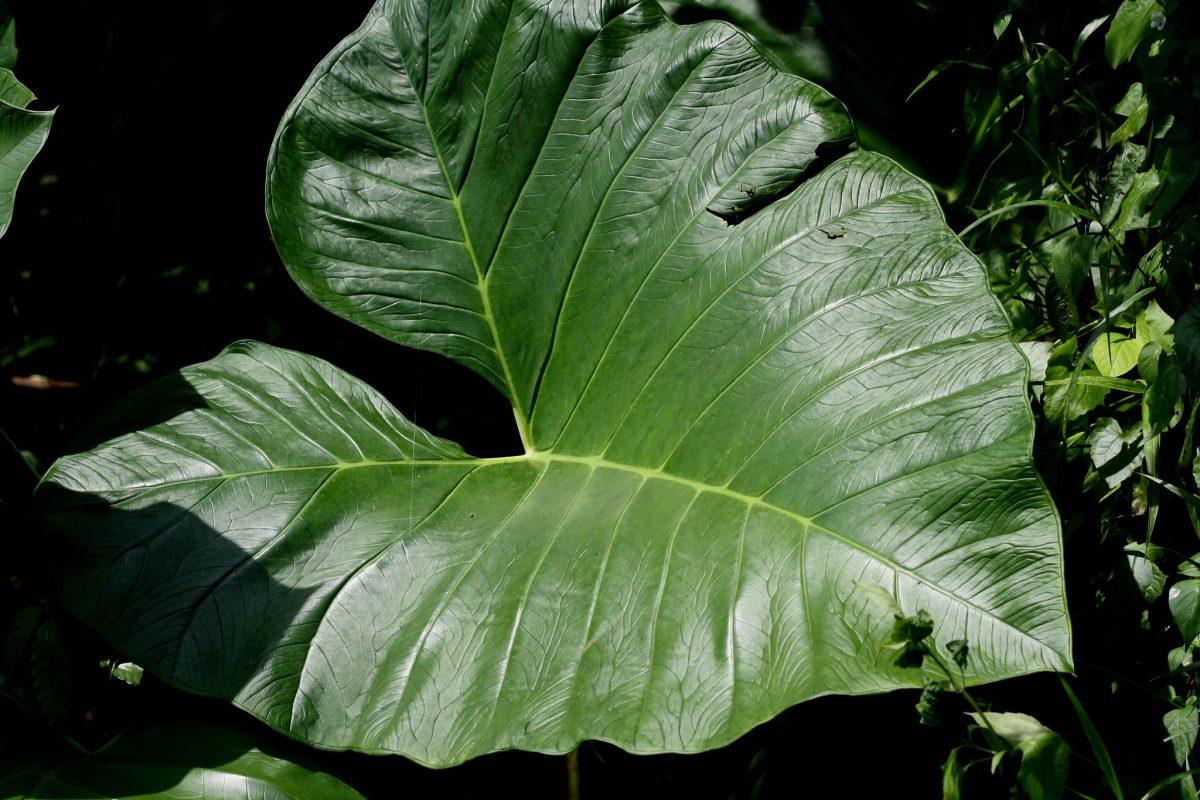

If you’re looking to make a bold statement, keep an Amazon Elephant Ear in your living room. This plant has sizable leaves and some varieties of it have beautiful variegation, making it eye-catching. Among the Alocasia species, these are the easiest to grow as indoor house plants.
Amazon Elephant Ear Care: It will do well in shade or filtered sun. Avoid overwatering, but regular misting to keep the soil moist is needed.
Dumb Cane


Also known as Dieffenbachia, these are tropical flowering indoor plants that are native to Mexico. It has quite the interesting name, doesn’t it? It is called as such because chewing on its stem can cause temporary speechlessness or a state of “dumbness.” These hardy plants are great for the indoors, but do keep these away from pets as they can be toxic to some animals.
Dumb Cane Care: Water thoroughly once and wait for the soil to dry out before giving it more. This plant requires diffused sunlight or partial shade.
Ficus Benjamina


We’ve saved the best for last. Ficus plants are just as popular as Fiddle Leaf Figs. These plants can grow to quite a height in addition to their lush, variegated leaves. The thing with Ficus plants, however, is that they can be quite fussy. You’ll need to carefully consider their needs and provide ample TLC. Given their benefits, though, the effort is worth it.
Ficus Benjamina Care: These require filter bright sun, so don’t place them too close to windows. Mist the plant often, but only water it twice a week.
In Closing
These are a few of the most common indoor plants you should be able to easily find in the market. For beginners, these are the best plants to start with. They’re not too fussy, but will provide interesting challenges as well. Remember, taking care of plants is a learning process and you will make mistakes. Let your house plants teach you the art of patience and discipline.

